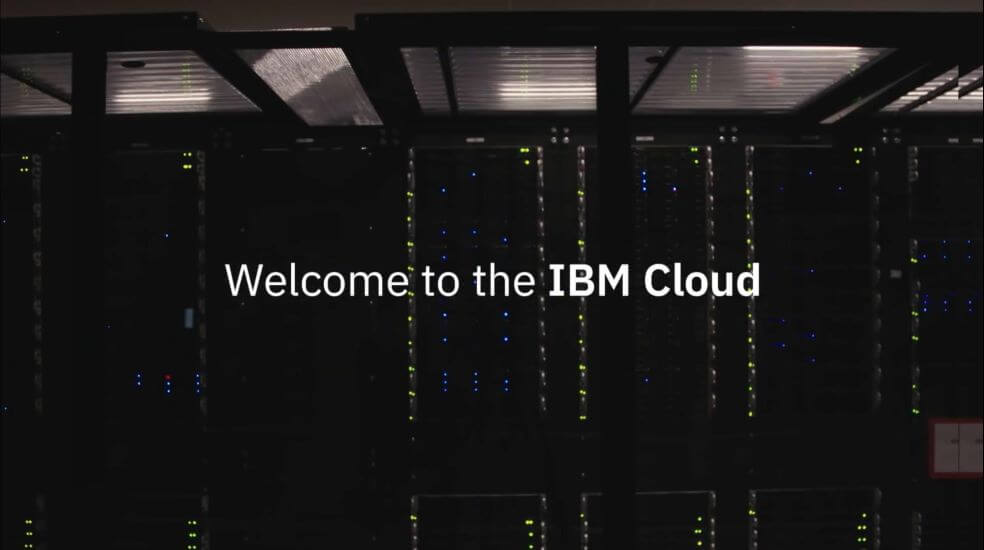
The News: International Business Machines IBM recently announced that IBM Cloud Satellite will render its hybrid cloud services generally available across all environments, including on-premises location along with any cloud platform as well as at edge environment.
IBM Cloud Satellite offers secured cloud services for customers across all environments, thereby helping them adhere to data privacy and sovereignty needs. Read the full release overview on IBM’s news site.
Analyst Take: Over the past few years, we have seen IBM make an aggressive pivot to cloud, and more specifically, toward enterprise hybrid cloud. This move has been in the making for some time, and the acquisition of Red Hat for $34 billion acted as an accelerant to push its hybrid cloud ambition.
IBM’s new offering provides customers with a secured, unifying cloud services layer to all environments, regardless of data residency. With Cloud Satellite, enterprises have greater flexibility. They can choose to deploy cloud services securely in a multi-cloud environment for both public and private cloud, on-premises, and at the edge. IBM Cloud Satellite will support distributed locations, even on Amazon Web Services, Azure, and Google Cloud–an accurate representation of multi-cloud.
Hybrid and Multi-Cloud deployments are gaining momentum with AWS, Azure, Google, and Oracle, all recently making announcements that extend these capabilities. IBM was early to acknowledge this trend, and I’m bullish on several new Cloud Satellite offering features.
- IBM is doing an excellent job of taking advantage of its public cloud offering with Cloud Direct Link. Cloud Direct Link acts as a dedicated connection to the IBM Cloud, providing a consistent administrative control plane. A full complement of outputs provides audit, packet capture, and visibility to the security team, while its configuration utility provides administrators with a global view of applications and services.
- IBM has focused on consistent UX and has ported all of its cloud services on Kubernetes
- The company intends to leverage its third-party ecosystem to enable Cloud Satellite to support specialized solutions providing differentiation from other vendors.
- IBM is looking to offer data as one of the first services. Data services are critical to many organizations or use cases–especially in highly regulated industries or low-latency intensive applications. Depending on the application and/or the industry, data may need to reside locally.
Overall Impressions as IBM Cloud Satellite Goes GA
IBM seems to have found its groove and identity in recent months as it has zeroed in on enterprise and hybrid versus trying to straight-up compete for all public cloud workloads. The TAM of IT is exponential versus the TAM of public cloud (IaaS). In the wake of the Red Hat acquisition, the offering has continued to diversify, and the services have become robust enough to serve enterprises across a plethora of industries. The cloud landscape is ripe with competition. IBM can’t expect any new offering to shift its fortunes single-handedly, but with each iteration comes greater capabilities and more acute focus, which the company needs to win in the cloud.
What I would love to see is IBM’s tenacity in the market with Cloud Satellite. Can the sales organization win at the control plane and make IBM core to the administrator and SecOps layer, even if Azure or AWS, for instance, win most of the public cloud workloads? If IBM can make that happen, you can be confident that this solution and its overall cloud ambitions are taking flight toward a more significant market share and faster growth.
Futurum Research provides industry research and analysis. These columns are for educational purposes only and should not be considered in any way investment advice.
Read more analysis from Futurum Research:
More Security Woes for Microsoft’s Exchange Servers as Threat Actors Get Busy — Patching is Urgent
Gogo’s Plan to Bring 5G Connectivity to Air Travel Scheduled For 2022
Image: IBM
The original version of this article was first published on Futurum Research.
Daniel Newman is the Principal Analyst of Futurum Research and the CEO of Broadsuite Media Group. Living his life at the intersection of people and technology, Daniel works with the world’s largest technology brands exploring Digital Transformation and how it is influencing the enterprise. From Big Data to IoT to Cloud Computing, Newman makes the connections between business, people and tech that are required for companies to benefit most from their technology projects, which leads to his ideas regularly being cited in CIO.Com, CIO Review and hundreds of other sites across the world. A 5x Best Selling Author including his most recent “Building Dragons: Digital Transformation in the Experience Economy,” Daniel is also a Forbes, Entrepreneur and Huffington Post Contributor. MBA and Graduate Adjunct Professor, Daniel Newman is a Chicago Native and his speaking takes him around the world each year as he shares his vision of the role technology will play in our future.

